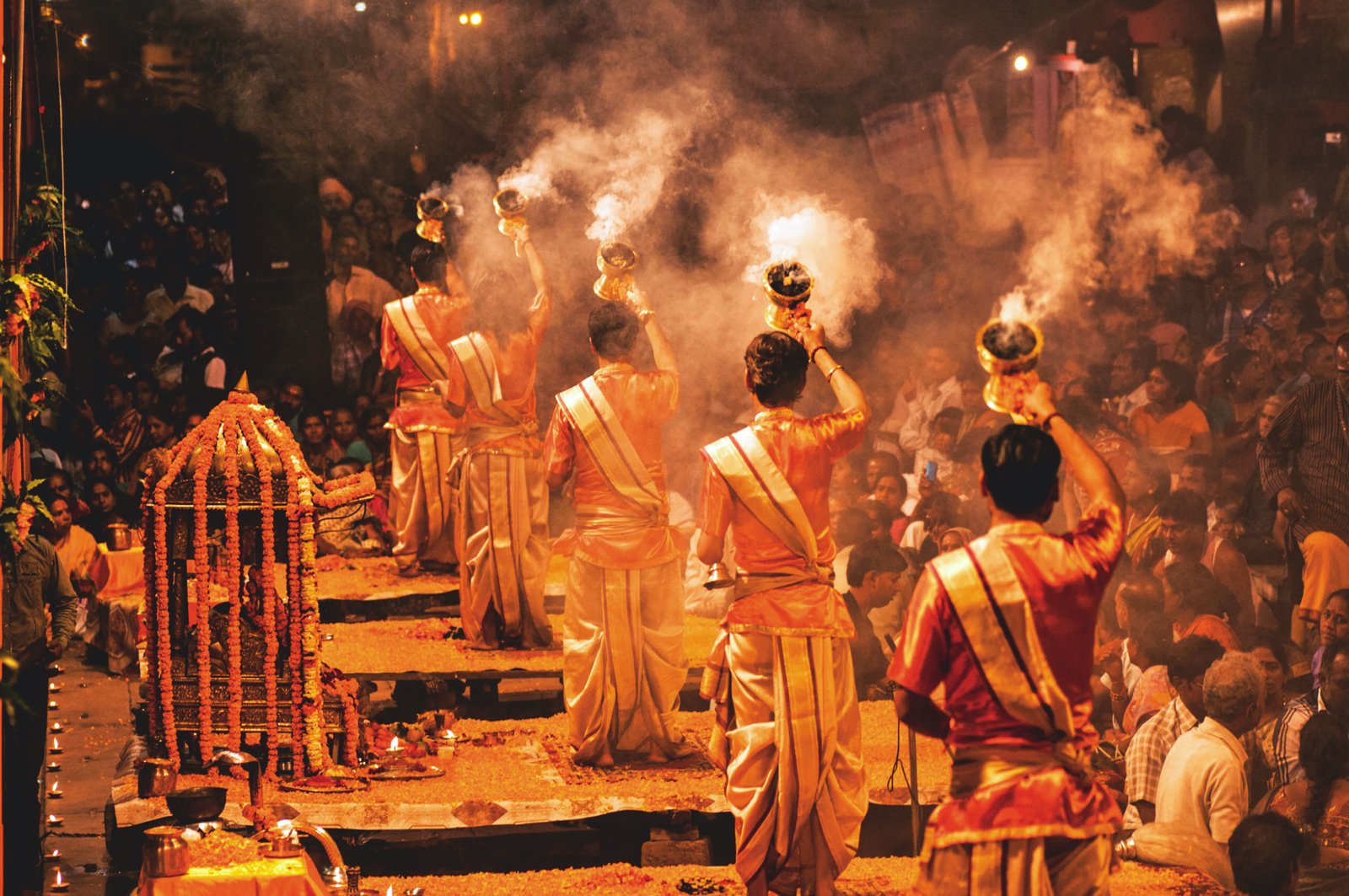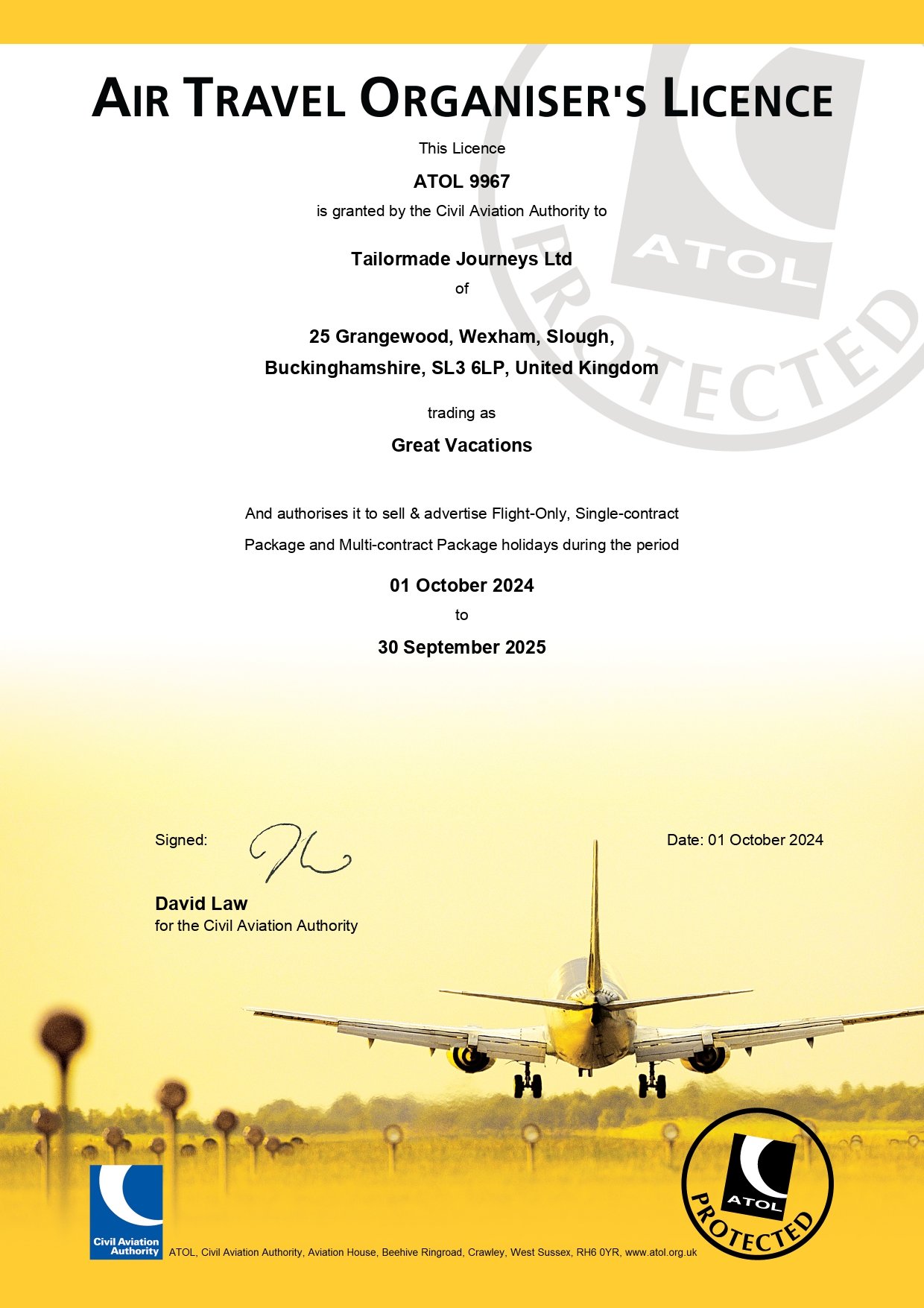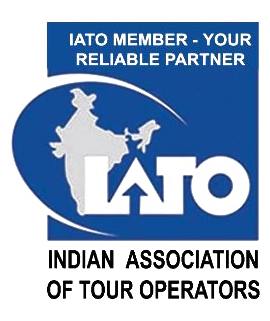What are the most exciting things you want to see and try in Vietnam? Is it the fragrant noodle soup or the bold, strong coffee? Perhaps the iconic conical hats or the elegant Ao dai? Maybe you’re drawn to the sandy beaches or the stunning rice terraces? From the North to the South, Vietnam is full of amazing sights and experiences that make it a top travel destination in Asia. Here’s a short list of suggestions for your trip to this incredible country.
Number 1 – Pho

Hanoi, the capital of Vietnam, is often called the “River-bound City” and has a rich history dating back to 1010. This city is known for its enchanting blend of cultural landmarks, old streets with traditional houses, graceful French colonial architecture, tree-lined avenues, and serene lakes, making it one of Asia’s most delightful cities.
Number 2 – Summer Rolls

Summer Roll Uoc Le
Besides fried Spring Rolls, Summer Rolls are perfect for those who love fresh food. Similar to Spring Rolls, they are wrapped in rice paper, which is softer and a bit thicker. The filling usually includes fresh herbs or lettuce, boiled shrimp or pork, and vermicelli noodles. Unlike Spring Rolls, which are deep-fried, Summer Rolls are eaten fresh right after being wrapped and are served with a handmade sauce made from ingredients like pineapples, soybeans, or peanuts.
Number 3 – Strong-tasted Coffee

Vietnam Milk Coffee
What makes Vietnamese coffee taste so unique and strong? It’s known for having nearly double the caffeine content (2.7% vs. 1.5% in Arabica), and 97% of it comes from Robusta coffee beans. The beans are roasted on low heat for about 15 minutes, which gives Vietnamese coffee its distinctive flavor. After roasting, the beans are ground into a fine powder and placed in a drip filter with hot water. For coffee lovers, trying this rich and strong coffee is a truly memorable experience.
Number 4 – Cu Chi Tunnels

Cu Chi Tunnels Saigon
One of the most popular tourist activities in Vietnam is a day trip to the Cu Chi Tunnels, located about 75 km northwest of Ho Chi Minh City. This war memorial park allows visitors to learn about the lives of resistance fighters and even try crawling through some sections of the tunnels.
During the war, Viet Cong soldiers used the tunnels as hiding spots during combat, as well as for communication and supply routes, hospitals, food and weapon storage, and living quarters. The tunnels were deep and strong enough to withstand destructive bombings and self-contained enough to endure prolonged sieges.
Number 5 – Mekong Delta

Mekong Delta
The Mekong Delta is a network of tributaries in southwest Vietnam, stretching between Ho Chi Minh City and Cambodia. The river originates in the Himalayas and flows through China, Myanmar, Thailand, and Cambodia before reaching Vietnam, which explains the murky waters.
Over half of Vietnam’s rice and fish come from this region, making it essential to the country’s economy and diet. Life here revolves around water, with famous floating markets and extensive agricultural activities. The region is rich in fruits, flowers, and livestock.
Visiting one of the cities along the delta offers you a chance to see flourishing rice paddies, experience vibrant floating markets, enjoy fresh tropical fruits, and interact with locals to learn more about the unique charm of this area.
Number 6 – Ao Dai (Vietnamese Traditional Costume)

Vietnam’s national traditional costume, the Áo Dài, consists of a long, split tunic paired with silk trousers. There are many variations of the Áo Dài, including different lengths, collar shapes, and fabrics, but it always maintains its tight fit and silky texture. These features make the Áo Dài beloved by Vietnamese women of all ages. They often wear it during significant life events, such as weddings, when receiving VIP guests, and during the Tet Holiday.
Number 7 – Hoi An

Hoi An, which means “peaceful meeting place,” has been a UNESCO World Heritage site since 1999 due to its well-preserved ancient town. Located in central Vietnam, this small town is known for its tranquility, beauty, and cozy atmosphere.
Hoi An is like a living museum of old Vietnamese architecture, reflecting its history as a major Southeast Asian port in the 16th and 17th centuries. The town has been carefully restored and preserved, making it one of Vietnam’s most attractive sightseeing spots. Visitors can explore pagodas, wooden shop-houses, Japanese bridges, Chinese temples, and more. Additionally, Hoi An is famous for its handmade clothing shops, so don’t miss the chance to get your own Ao Dai here.
Number 8 – Golden Hand Bridge

One of the most famous landmarks in Vietnam is the Golden Hand Bridge, a 150-meter pedestrian bridge in the Ba Na Hills Resort in Da Nang. The bridge connects the cable car station to the main gardens of the resort and offers a beautiful view of Da Nang City. The gold-colored walkway, lined with purple lobelia chrysanthemums and held up by two giant hands made of fiberglass and wire mesh, makes it a popular tourist attraction in Vietnam.
Number 9 – Ha Long Bay

Ha Long Bay, located in northern Vietnam, spans the Gulf of Tonkin and features thousands of islands and islets that create a stunning seascape of limestone pillars. Due to their steep nature, most of these islands remain uninhabited and untouched by humans. The area’s remarkable scenic beauty is matched by its rich biological diversity. Spending a night on the bay or taking a junk boat cruise is a highly recommended experience for travelers visiting Vietnam.
Number 10 – Hanoi

Hanoi, known as the “River-bound City,” is Vietnam’s capital with a history that stretches back to 1010. The city boasts a captivating beauty with its unique cultural relics, ancient streets lined with antique houses, elegant French colonial buildings, tree-lined boulevards, and romantic lakes, making it one of the most charming cities in Asia.









